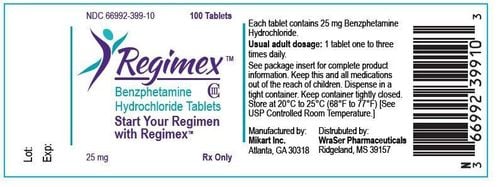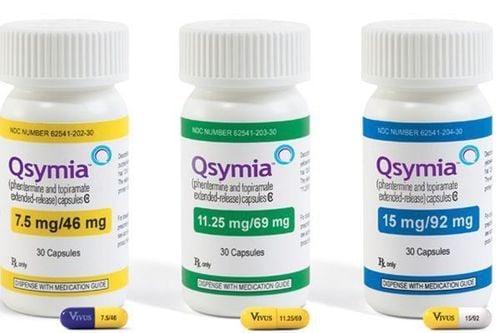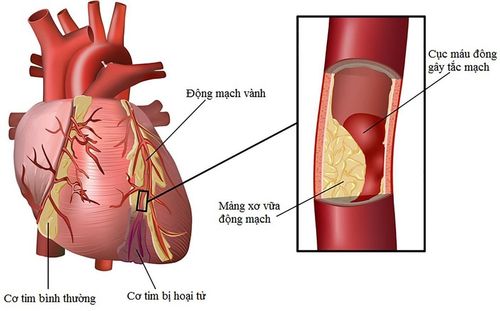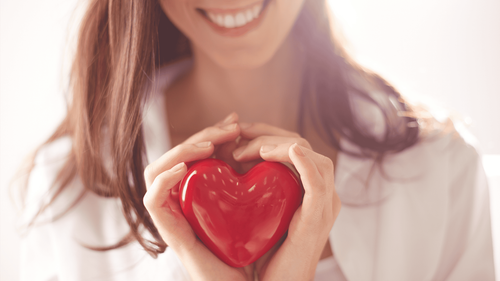This is an automatically translated article.
Trans fat when consumed in excess will cause an increase in total cholesterol and bad cholesterol, and at the same time reduce the amount of good cholesterol, which is harmful to health and increases the likelihood of diseases. Heart.1. Trans fats
Fat is a type of lipid, belonging to the group that provides energy, along with carbohydrates and proteins, but fat provides the most concentrated source of energy. Trans fat is a type of trans fat, which is a trans fatty acid or an artificial isomer, in short, a bad fatty acid. Trans fat is formed by the chemical reaction of hydrogenation when processing cooking oil, from which food will have a longer shelf life, look more eye-catching, delicious, and attractive. Toxic trans fats are often found in processed and prepackaged foods such as: french fries, cookies, fried meat, fried chicken, hot cakes...
Two types of Trans fat: Natural Trans fat and Artificial trans fat
Natural Trans fat This trans fat is naturally produced, the ideal place for them to form is in the intestines of some herbivorous animals. For this reason, small amounts of trans fats are also found in dairy products as well as in meat from grass-fed animals.
Trans fat is formed through food processing This trans fat is produced when vegetable oils are hydrogenated during processing. The metabolic process aims to improve the overall fat structure, increase the time to preserve food, and increase the flavor of the dish.
2. Cholesterol
Blood cholesterol plays a very important role in human health. It helps the function of nerve fiber cell membranes, needed for the production of some hormones such as adrenal hormones, sex hormones...
In the body, cholesterol comes from 2 sources: From the body produced out and from food. Cholesterol in the body is produced in the liver 80%. In food, cholesterol is abundant in meat, milk, egg yolks, and animal viscera. Thus, cholesterol at a certain level is necessary, the body cannot do without.
In normal people, blood cholesterol level is always constant, only when it is too high will cause a disease, called hypercholesterolemia or hyperlipidemia, this phenomenon causes atherosclerosis, narrows blood vessels and is a cause major cause of cardiovascular disease. People may not be aware of the gradual progression of atherosclerosis in their body.
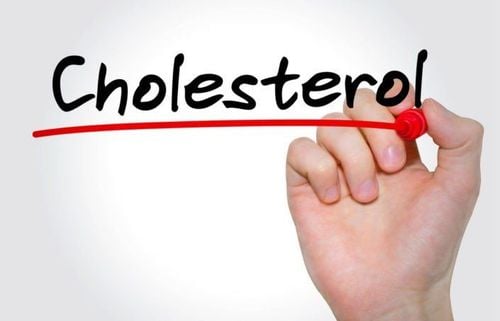
Cholesterol máu đóng một vai trò rất quan trọng đối với sức khỏe con người
Two types of cholesterol: bad cholesterol and good cholesterol
Cholesterol does not dissolve in the blood. Therefore, when cholesterol circulates in the blood, it must be surrounded by a protein coat called lipoprotein. There are two important types of lipoproteins: low-density lipoprotein (LDL) and high-density lipoprotein (HDL).
Cholesterol type LDL carries most of the body's cholesterol. When there is a lot of LDL in the blood, the artery walls will deposit fat causing atherosclerosis, so LDL is called bad cholesterol. HDL, in turn, takes cholesterol out of the blood and prevents it from entering the artery walls, hence the term good cholesterol.
3. The relationship between trans fat and cholesterol
Trans fats increase total cholesterol and bad cholesterol When too much of this bad cholesterol circulates in the blood, it can clog arteries, increasing the risk of coronary heart disease and stroke. The production of too much cholesterol can be inherited from one parent or both, however, most bad cholesterol is naturally produced by the action of trans fats as they are absorbed into the body. Eating a diet high in trans fats causes cholesterol to rise. If a family member has high blood cholesterol, the change in lifestyle habits is not enough to help reduce bad cholesterol, along with limiting trans fat in the diet.
Trans fats lower good cholesterol About 1/4 to 1/3 of blood cholesterol is carried by a high-density lipoprotein. HDL cholesterol is a good cholesterol because high levels of HDL can protect against acute heart attack. Higher-than-average levels of HDL (a level of 40 mg/dL) increase the risk of heart disease, which is largely due to the effects of trans fats when consumed in large amounts.
Experts say that the HDL molecule will transport cholesterol out of the blood vessels and back to the liver. Not only that, but HDL will slowly move excess cholesterol away from the arterial plaque. A diet with a safe limit of trans fat will help maintain a large amount of good cholesterol in the body.
Good cholesterol digests trans fats Good cholesterol travels throughout the body through the blood vessels, collecting excess cholesterol and returning it to the liver. Here, excess cholesterol is recycled into bile acids and eliminated from the body, or used to digest trans fats. HDL reduces the risk of cardiovascular disease by removing excess cholesterol, which can cause plaque to stick to artery walls and cause blockages. Limiting trans fats will help increase good cholesterol, reduce excess bad cholesterol, prevent and bad cholesterol, help the body fight inflammation
Should have a suitable diet, ensure enough natural nutrition , provides trans fat in a limited amount to maintain and increase good cholesterol for heart health.
Please dial HOTLINE for more information or register for an appointment HERE. Download MyVinmec app to make appointments faster and to manage your bookings easily.




